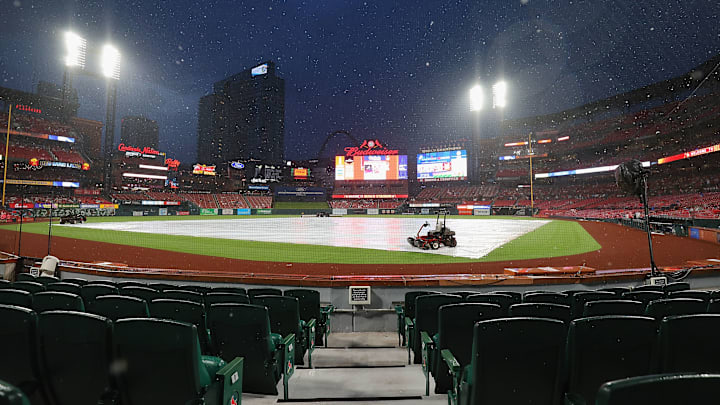Professional Prospects
Perhaps the most telling sign of a strong farm system is how many players who were drafted and developed by the organization are in the major leagues right now. While there isn't a direct source that provides this data, you can look at previous draft classes and see what percentage of draft picks have made it to the major leagues.
For this exercise, we will only evaluate drafts from 2011-2019, as any later drafts open up the possibility of retirements and any players drafted since 2019 are very unlikely to have made it to the top level at this point. For comparison points, I will include the Guardians' and Athletics' numbers as well since they have the most and least amount of "homegrown" players according to Roster Resource in addition to the Los Angeles Dodgers and Houston Astros, as they have been very successful in the draft lately. I will also exclude any players who are in the minors or players who were undrafted free agents that year. All stats are courtesy of Baseball Cube.
Team | 2011 | 2012 | 2013 | 2014 | 2015 | 2016 | 2017 | 2018 | 2019 |
|---|---|---|---|---|---|---|---|---|---|
St. Louis Cardinals | 14% | 27.3% | 19.5% | 19% | 14.3% | 28.6% | 15.8% | 9.8% | 7.5% |
Cleveland Guardians | 20% | 10% | 25.6% | 23.8 | 17.1% | 24.4% | 17.5% | 16.7% | 12.5% |
Oakland Athletics | 10.2% | 25.6% | 21.4% | 12.5% | 10% | 22% | 9.75% | 12.2% | 0% |
Los Angeles Dodgers | 8% | 29.3% | 22.5% | 20% | 28.6% | 42.9% | 25% | 7.5% | 9.75% |
Houston Astros | 10% | 26.8% | 25% | 34.1% | 38.1% | 30% | 33.3% | 17.5% | 10% |
A few takeaways from this chart: the Dodgers are very good at drafting and developing, the Athletics are very bad, and 2016 was a fantastic year for the draft for many teams. While the Cardinals are not as good at promoting drafted players to the majors as the Dodgers, they are within one or two players each year of the Guardians and the Astros.
Conclusion
The Cardinals may not have the best farm system in the majors. Teams like the Dodgers, Astros, Braves, Guardians, and Rays excel at drafting and developing players. Creating a roster full of homegrown players requires a concerted effort between a lot of people. Scouts, management, minor league coaches, and hitting/pitching specialists must all coordinate their efforts. Furthermore, the players themselves must be committed to improving their play year after year.
The Cardinals have been able to use their prospects in major trades for many years, particularly this century. While some players have been traded and played well in other cities, the farm system has allowed the front office to acquire big names while not depleting the reinforcement too much.
